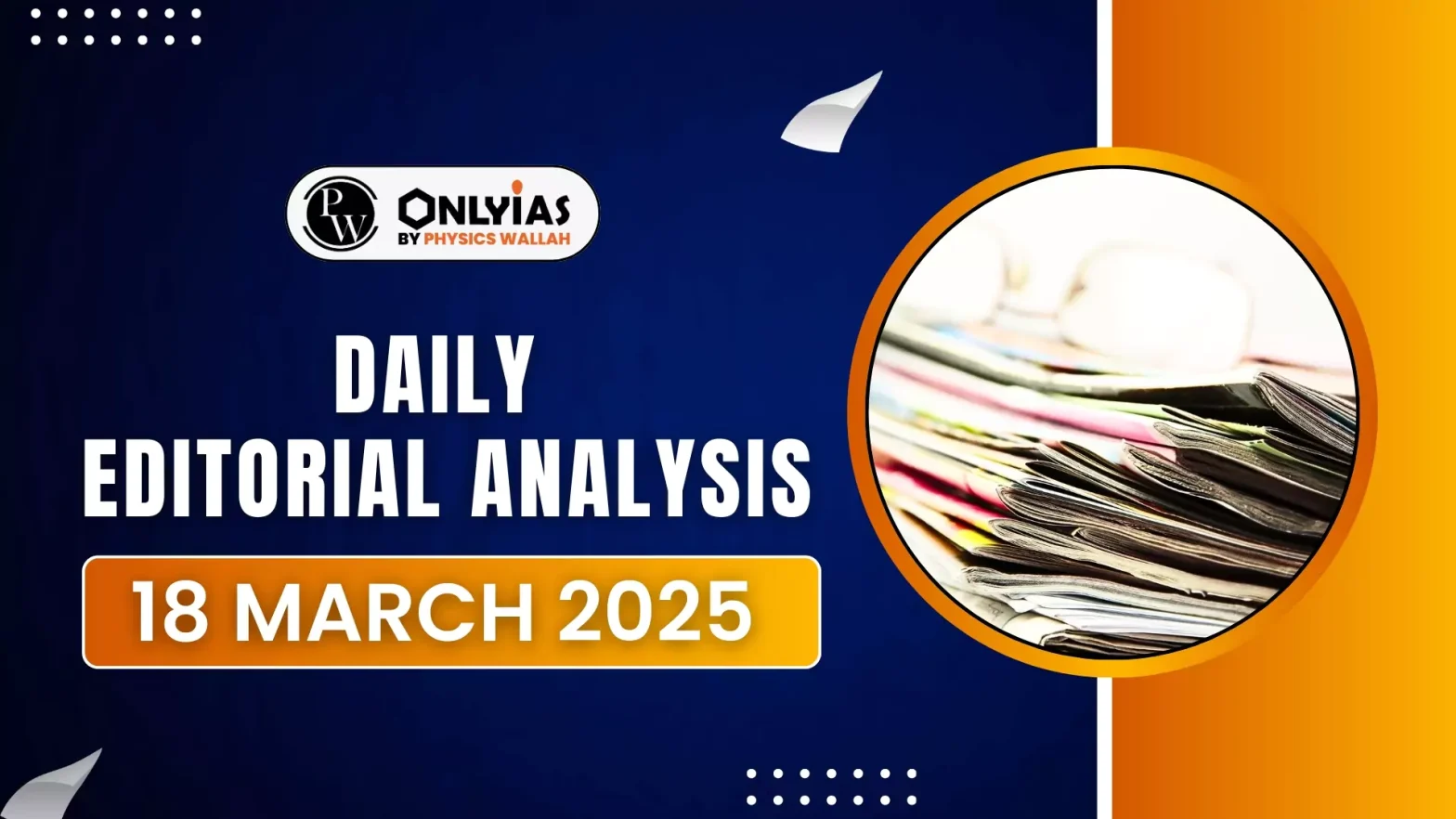Recently, Larsen and Toubro Chairman and Managing Director, N. Subrahmanyan, voiced growing concerns over labour shortages in the Construction sector.
Status of India’s Construction Sector
- Growth: Construction is the fastest-growing sector in India, contributing 9% to the national GDP and projected to reach $1.4 trillion by 2025. By 2030, around 3 crore workers are expected to be employed in the sector.
- Structural Challenge: However, concerns over labour shortages have been raised, notably by Larsen and Toubro Chairman N. Subrahmanyan, citing reluctance to relocate due to welfare schemes.
- This explanation, however, oversimplifies the deeper structural challenges faced by construction labourers.
Challenges Faced by Construction Workers
- Mobility Challenges: The fragmented employment landscape in the sector heavily relies on migrant labourers, who face challenges such as job insecurity, frequent relocations, and inconsistent access to welfare benefits.
- Despite the BOCW Act, 1996, which aims to protect their rights, many workers struggle to access welfare benefits.
- Bureaucratic Apathy: ₹70,000 crore collected as cess by State Construction Boards remains underutilized due to bureaucratic inefficiencies.
- Documentation Issues: To access welfare benefits, workers must provide identity proof, date of birth proof, and residence proof.
- However, the migrant nature of their work means many lack permanent addresses, making document procurement difficult.
- Certificate Requirement: A 90-day work certificate is required for registration, but employers are often reluctant to issue it.
- While some states allow self-certification or trade union verification, the verification process remains inconsistent, making it difficult for workers to secure necessary documentation.
- Unutilized Funds: States collect a 1-2% construction cess under the BOCW Act, yet a 2023 Parliamentary Standing Committee report revealed that 75% of funds remain unspent due to:
- Fragmented worker databases
- Inconsistent verification protocols
- Cumbersome registration processes
- Seasonal Vulnerabilities: Heat waves and pollution bans severely impact employment.
- Delays in Payment: Direct benefit transfers (DBTs) delayed despite legal provisions.
- Poor Infra: Lack of digital infrastructure hampers rapid fund disbursement.
- Inter-State Migration Challenges: Welfare benefits are non-transferable across states. Example: A worker registered in Haryana loses access to benefits upon moving to Delhi.
- This lack of portability discourages worker registration, leaving them financially vulnerable.
Way Forward
- Unified Identification System: Establish a centralised welfare database, similar to the One Nation One Ration Card scheme, for inter-State portability of benefits.
- Linkage: Link BOCW registrations to UAN (Universal Account Number) on e-Shram, ensuring seamless access to entitlements regardless of location.
- Digital Infrastructure: State governments should adopt open-source digital platforms to streamline welfare accessibility. A centralised portal with standardised workflows can:
- Reduce administrative delays
- Enhance transparency
- Support Aadhaar-based automated verification
- Enable real-time tracking of welfare disbursements
- Simplified Documentation: Relax verification protocols and allow alternative proofs for documentation.
- Bulk Registration: Conduct on-site registration camps at large construction sites for bulk registration of workers. Reduce dependence on employer-issued certificates, ensuring accurate and accessible worker records.
- Skill Development: Robust skill development programs tailored to industry needs can enhance worker productivity and job retention.
- Safe Working Place: However, skills alone are not enough—ensuring safe and dignified working conditions is equally critical. Construction firms should commit to:
- Long-term skill-building initiatives
- Improved workplace standards
- A more resilient and stable workforce
Conclusion
In conclusion, labour shortages cannot be addressed without acknowledging and resolving the systemic barriers to welfare access and employment continuity.
![]() 18 Mar 2025
18 Mar 2025

